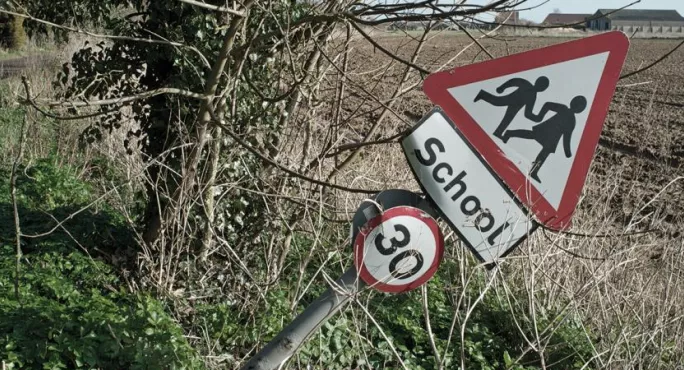Disadvantaged pupils achieve the lowest attainment and progress in their GCSEs when they go to isolated rural schools, new analysis suggests.
Research for the Department for Education shows that disadvantaged pupils had the highest attainment and progress when they went to school in major conurbations.
The analysis also shows that overall attainment and progress for pupils of all backgrounds was highest in village schools, and that on average pupils attending coastal schools did worse than those in non-coastal areas. The latter two findings did not take the socio-economic background of pupils in the schools into account.
Quick read: Small schools face isolation
Rural schools: Church calls for government plan for rural schools
Long read: Do we need a village school protection society?
The DfE research looked at outcomes for pupils at the end of key stage 4 based on the geographic location of the school they attend.
The report states: “Disadvantaged pupils, on average, had the highest attainment and progress in schools situated in major conurbations, while disadvantaged pupils had the lowest attainment and progress in schools in hamlets and isolated dwellings.”
Tackling the disadvantage gap
On average, disadvantaged pupils achieved around six grades higher and made more progress (a Progress 8 score of -0.29 compared with -0.65) in schools in major conurbations compared with those in hamlets and isolated dwellings.
However, the report says this should be “interpreted with some caution” given “the relatively small number of disadvantaged pupils who attended schools in villages and hamlets and isolated dwellings”.
For all pupils, attainment and progress was highest for those attending schools in villages, and lowest for those attending schools in “minor conurbations”.
The difference between disadvantaged and non-disadvantaged pupils, in terms of both attainment and progress, was lowest in major conurbations.
“Even after London was excluded from the analysis, disadvantaged pupils still had higher attainment and progress in major conurbations,” the report says.
“However, consistent with the existing literature on the ‘London effect’, London appears to explain some of the higher performance of disadvantaged pupils in major conurbations.”
The lowest progress for non-disadvantaged pupils outside London was in major conurbations.
The research also shows that average attainment and progress varied based on whether the schools that pupils attended were in a coastal or non-coastal area.
“Overall, attainment and progress for all pupils was higher for pupils attending schools located in non-coastal areas compared to pupils in coastal areas.” Pupils in non-coastal areas attained the equivalent of two and a half grades higher across eight GCSEs compared with those on the coast.
And on average disadvantaged pupils achieved around three grades higher and made more progress (-0.40 Progress 8 compared with -0.65) in schools in non-coastal areas than those on the coast.




